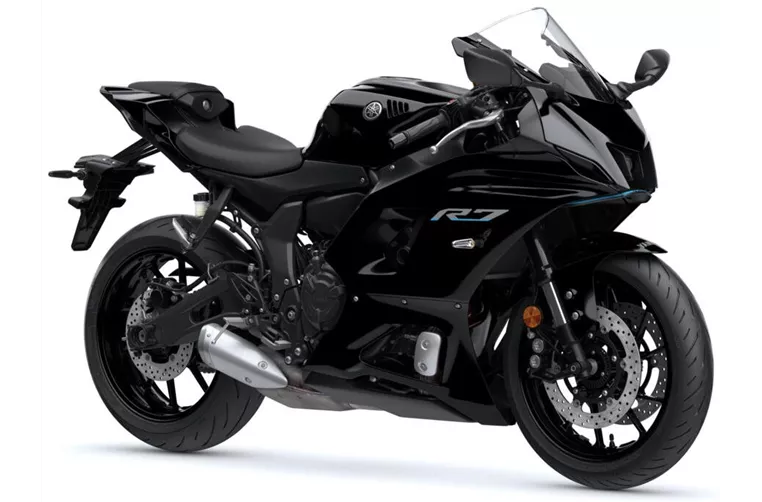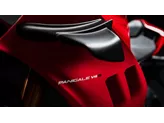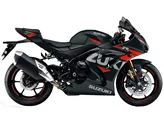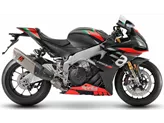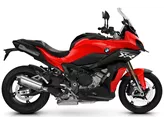Yamaha R7 2021 vs. BMW S 1000 RR 2015
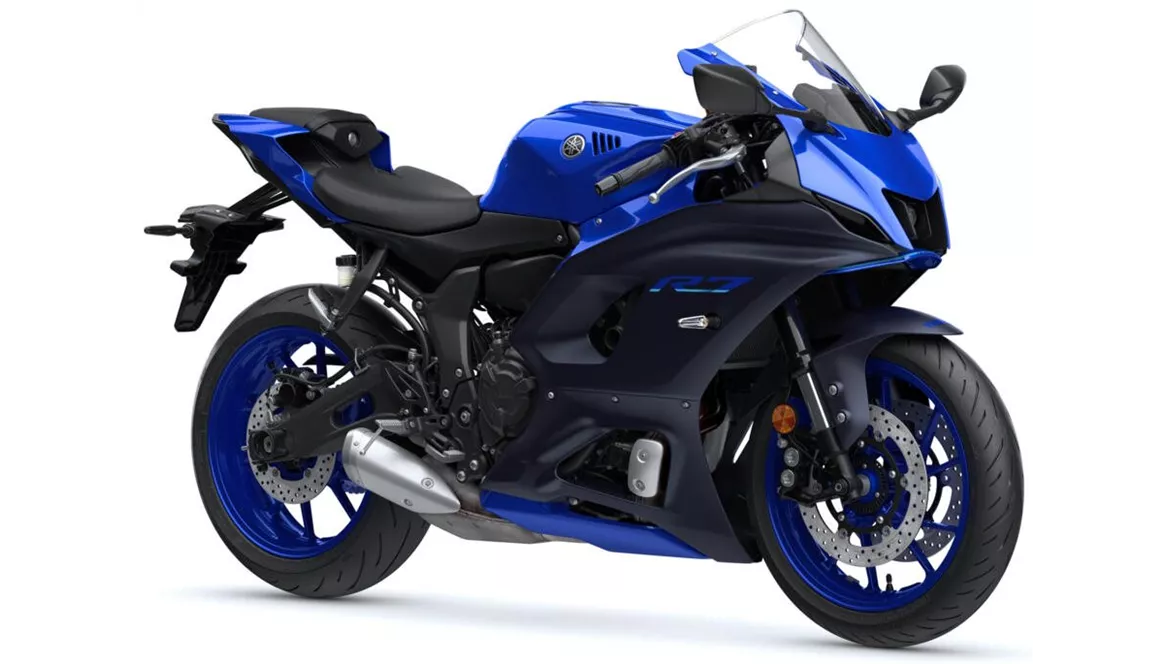
Yamaha R7 2021

BMW S 1000 RR 2015
Overview - Yamaha R7 2021 vs BMW S 1000 RR 2015
The Yamaha R7 2021 and the BMW S 1000 RR 2015 are both supersport motorcycles that offer impressive performance and features. However, there are notable differences between the two models.
In terms of engine specifications, the Yamaha R7 2021 is equipped with a 689cc in-line twin engine, producing 73.4 HP of power and 67 Nm of torque. On the other hand, the BMW S 1000 RR 2015 features a more powerful 999cc in-line four engine, delivering a whopping 199 HP of power and 113 Nm of torque. This makes the BMW significantly more powerful and capable of delivering exhilarating acceleration.
Both motorcycles have similar bore sizes of 80 mm, but the Yamaha R7 has a longer stroke of 68.6 mm compared to the BMW's 49.7 mm stroke. The Yamaha R7 has a lower compression ratio of 11.5, while the BMW S 1000 RR has a higher compression ratio of 13. These differences in engine specifications contribute to the varying power outputs and performance characteristics of the two bikes.
In terms of suspension, both motorcycles feature a swing arm rear suspension. However, the Yamaha R7 2021 is equipped with an upside-down telescopic fork front suspension, while the BMW S 1000 RR 2015 has a telescopic fork front suspension. The Yamaha R7's upside-down telescopic fork provides better stability and control during aggressive riding, making it more suitable for track use.
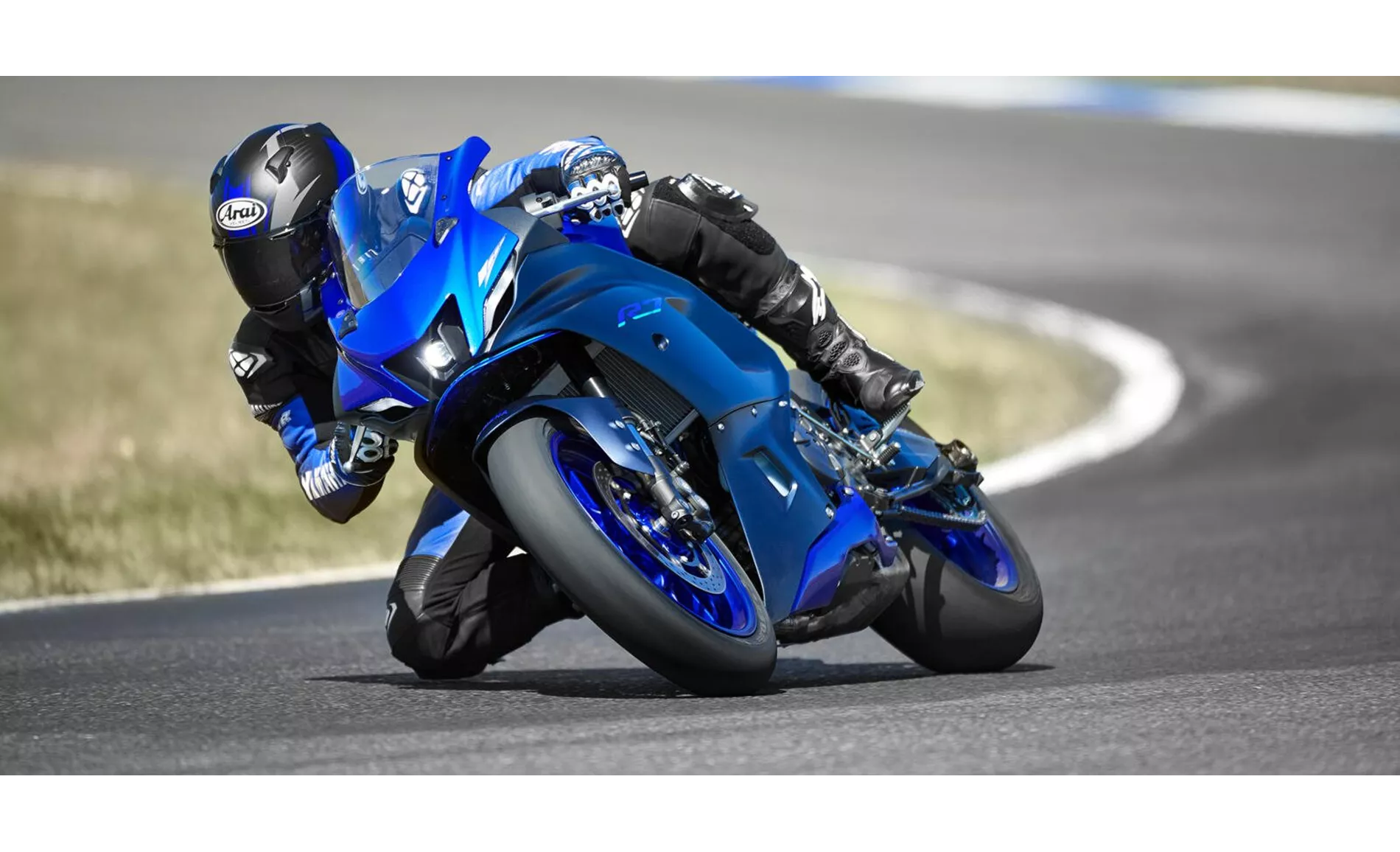
Yamaha R7 2021
In terms of chassis, the Yamaha R7 2021 features a steel frame, while the BMW S 1000 RR 2015 boasts an aluminum frame. The aluminum frame of the BMW offers a lighter and more rigid structure, enhancing the bike's agility and handling.
Both motorcycles come with double disk brakes at the front, utilizing radial technology for improved braking performance. The Yamaha R7 2021 has a front tire width of 120 mm and a rear tire width of 180 mm, while the BMW S 1000 RR 2015 has a slightly wider rear tire width of 190 mm. The Yamaha R7 has a wheelbase of 1395 mm, while the BMW S 1000 RR has a slightly longer wheelbase of 1425 mm.
In terms of weight, the Yamaha R7 2021 has a kerb weight of 188 kg with ABS, while the BMW S 1000 RR 2015 is slightly heavier at 204 kg with ABS. The BMW also has a larger fuel tank capacity of 17.5 liters, compared to the Yamaha's 13 liters.

BMW S 1000 RR 2015
In terms of strengths, the Yamaha R7 2021 offers a high-torque CP2 engine, a sporty riding position, and a suspension set-up that is suitable for track use. It also comes with standard tires and is considered a good entry-level trackday bike.
On the other hand, the BMW S 1000 RR 2015 boasts a superb shift assistant, an incredibly powerful and rev-happy engine, and a great range of accessories. It also offers a race-ready data logging tool and calibration tool, making it a popular choice among professional riders.
In terms of weaknesses, the Yamaha R7 2021 lacks a quickshifter as standard, which would have been a nice addition. The BMW S 1000 RR 2015, on the other hand, has a chassis that can quickly reach its limit in the hands of professional riders.
Overall, the Yamaha R7 2021 and the BMW S 1000 RR 2015 are both impressive motorcycles with their own strengths and weaknesses. The Yamaha R7 is a more entry-level track-focused bike, while the BMW S 1000 RR offers higher performance and advanced features that cater to professional riders.
Technical Specifications Yamaha R7 2021 compared to BMW S 1000 RR 2015
Pros and Cons in comparison
Pros and Cons in comparison
Yamaha R7 2021
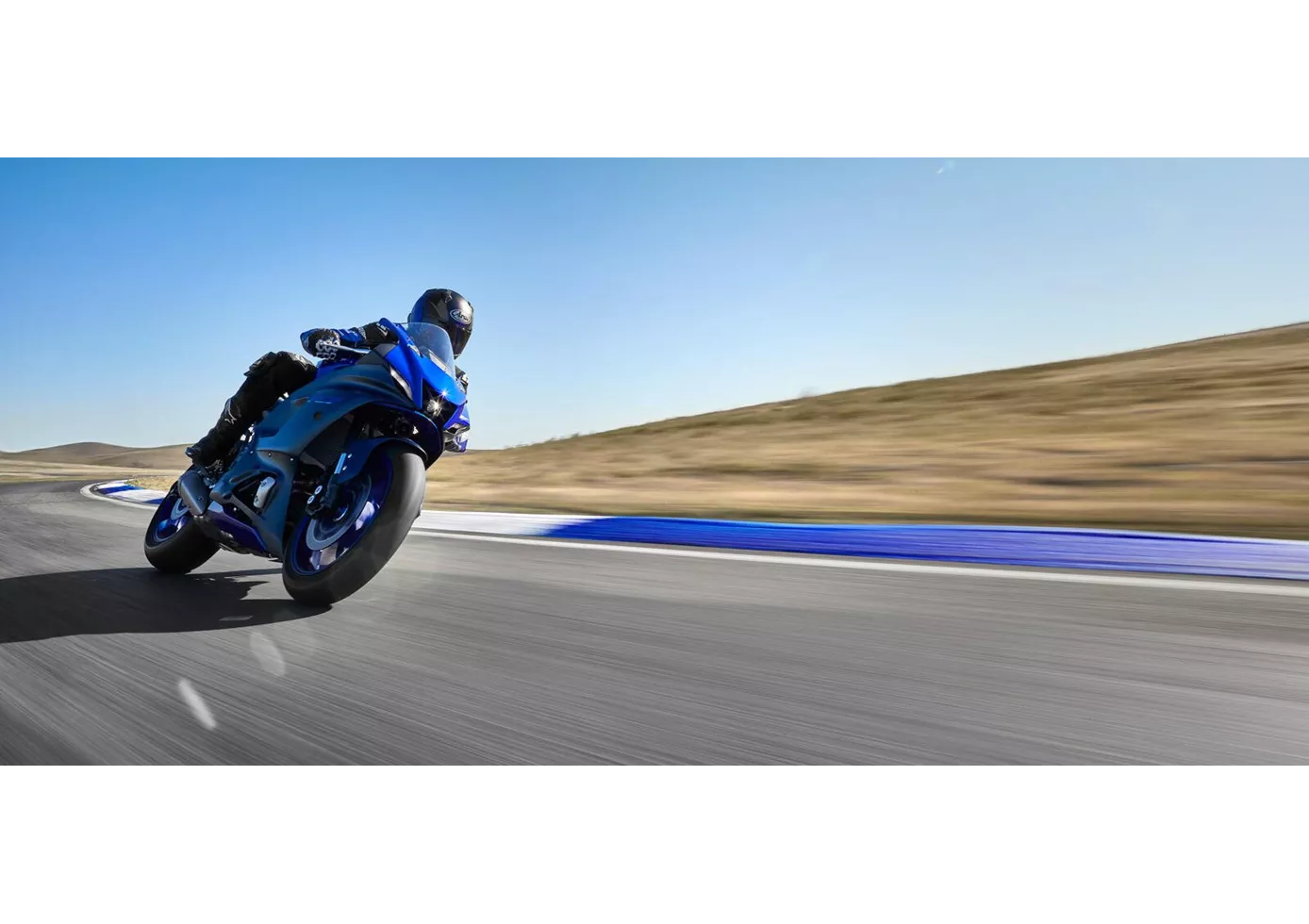
Despite the rather idiosyncratic combination of the sensible 73.4 hp mid-range power unit and the extremely aggressive, sporty look, the R7 is by no means a sheep in wolf's clothing. The performance, which is somewhere between the R3 and the R6, turned out to be much stronger in practice than the pure values on paper would suggest, and in terms of geometry, chassis, brakes and tyres, Yamaha's engineers have really done their homework. On top of that, the Yamaha R7 has all the qualities to have a lot of fun out-of-the-box on a compact race track like the Pannoniaring, for example, even without a big investment. But of course it feels better on the country road, and that's where it belongs in the first place, in our opinion. In view of the overall package, the purchase price is more than fairly priced - so it's not a problem that the quickshifter is not included and has to be purchased as an option.
BMW S 1000 RR 2015

The BMW can still score points with hard facts in 2015. If you like top performance, you have to buy the BMW. It turns out incredibly powerful at the top and drives away the rest of the field from 200. Big and heavy riders will be able to benefit from this even more. BMW didn't make it easy for themselves with this bike and put together a very universal motorbike. If you were to do a comparison test with 50 different riders (from rookie to pro), the BMW would have the best average of all 1000cc bikes. The electronic chassis, but also the riding aids, make the pros fast and the beginners safe on the road. A top recommendation for a very broad target group. Very fast hobby riders will not be 100% satisfied with the standard suspension. If you don't want to modify the chassis, you should rather go for an R1M, a Panigale S or an RSV RF. If you want to convert anyway, the S 1000 RR is the strongest and most universal base. Surprisingly, the powerful machine also rides very well on country roads. All in all, it looks like a compromise, but it never feels like one in practice.
Price Comparison Avarage Market Price Yamaha R7 vs BMW S 1000 RR
There are a few key differences between a Yamaha R7 2021 and a BMW S 1000 RR 2015. It takes less time to sell a BMW S 1000 RR with 77 days compared to 161 days for the Yamaha R7. Since model year 2021 1000PS.de editors have written 9 reviews for the Yamaha R7 and 135 reviews for the BMW S 1000 RR since model year 2010. The first review for the Yamaha R7 was published on 5/18/2021 and now has more than 92,800 views. This compares to more than 4,000 views for the first review on BMW S 1000 RR published on 4/16/2008.
